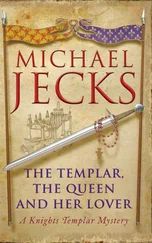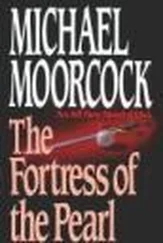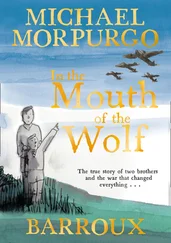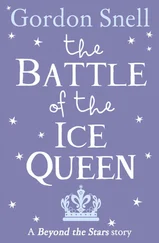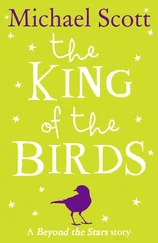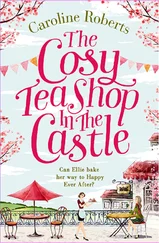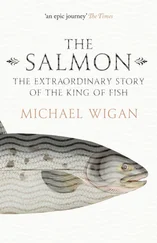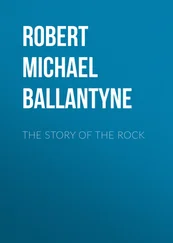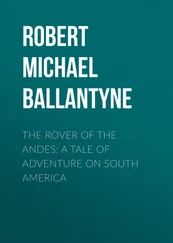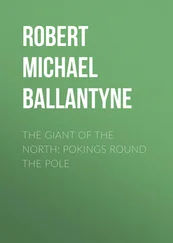MICHAEL RALEIGH
In the Castle of the Flynns
Dedication
In Loving memory of Catherine Raleigh McNamara
For the Raleighs and the McHughs: this is not their story — but it could have been
Cover
Title Page
Dedication
Pictures
The Darkest News
The Council
I Discover Adult Supervision
Another Tribe Altogether
Riverview
Uncle, Hero, and Film Critic
High Art and Baseball
New Year, New Troubles
A Tale of Two Fir Trees
Christmas 1954
Enemies and Allies
The Roaster
Lizards and War and Lost History
A Cold Week in March
Nuns and Reckonings
Young Men and Love
Other People’s Business
Of Madmen, Science, and the River
First Communion, Against All Odds
A Tale of a Serving Spoon
Death of a Dreadnought
Tough Guys
Two Weddings, One of Them Inevitable
A Trip to the Country
Dog Days
Unraveling
Brain Fever
Runaway
The Announcement
Labor Day
Aftershocks
Epilogue
About the Author
Also by the Author
Copyright
About the Publisher
I keep the photographs together always. They are framed now, my two family portraits, but wrinkled and faded from my youthful inattention: had I known what they’d someday mean to me, I’d have shown them better care. The first is a studio portrait, on a thick sort of cardboard, of four people: my parents, Mr. and Mrs. John Dorsey, my infant brother Johnny, and me. At the time of this photo, I was a few months short of my fifth birthday. Within the year Johnny would be dead of rheumatic fever. Two years after Johnny, my parents would be dead as well. It is a stiff, posed photo, and I can see my smile beginning to give way to boredom or gravity. I have studied the photograph over the years, looking for some hint that this family already sensed its impending fortune, some dark suggestion of unhappiness in the eyes. I have found none: the faces in a photo reveal only what the subjects hope. Any deeper message is probably in the imagination of the beholder.
The second picture is quite different. I have come to think of it as The Photographer’s Nightmare. Taken in 1955, the year after the death of my parents, it is crowded, unfocused at the edges, as if distracted from its purposes by the raucous, manic behavior of several of its subjects. The lighting is uneven, one of the people has turned his head just as the photographer snapped his little button and, as a result, appears to have two faces attempting too late to blend. A person is entering the photo from the right, almost as if he has come to visit from an adjoining picture—a role he was to play in my life. The people in the photo are singing, singing badly and very loud, and the ones in the back row, the tall ones, are leaning to one side so that it appears they’ll lurch on through the glossy white margin holding the picture together. Even from the old black-and-white I can tell they’re red-faced and noisy and sweaty, and several of them, exactly the ones I would expect, have had too much to drink, and not for the last time. There are either ten or eleven people in this photo, depending on whether one counts the blurry figure dashing in from the right. These are the Flynns. I think of the first photo as a portrait of my original family. I think of this one as a photograph of my life. I doubt if a day ever passes that I don’t look at it for a moment.
In the center are my mother’s parents, Patrick and Winifred Flynn. They are flanked, surrounded, overwhelmed on all four sides by family, including their children: Anne, Michael, and Thomas—my uncles and my aunt. My late mother had been the eldest daughter. Her name was Betty. Entering the photo from the right, a running blur, is my cousin Matthew Lynch, not a member of this family at all but of the even larger Dorsey family, my father’s people. I was of course a Dorsey, but for reasons I will explain, I lived with my mother’s people. The two families had been close even before my father married my mother, two sprawling clans originally from the same neighborhood, from Old Town, the area of old streets surrounding what is now called Cabrini-Green, streets named for writers—Goethe and Schiller and Scott—but full of working-class people. My mother’s family had later moved on and planted themselves in a four-block area around Riverview Park. Cousin Matt is in the picture because the Dorsey family was also in attendance on this day: the Paris-Shanahan wedding, involving families known to both sides, so that for the first time in my limited experience, everyone I knew in life, every single blood relative I had on earth was collected in one place for something other than a funeral: uncles and aunts, cousins, second-cousins, great uncles and great aunts, both pairs of grandparents. The place was Johnny Vandiver’s Hall on Roscoe, a tottering frame hulk just behind Vandiver’s tavern and the obligatory venue for weddings in the neighborhood.
I once heard my Uncle Tom say, “You never forget the first time,” and I think he had something else in mind, but it is also true of weddings: this one was my first, and it is forever imprinted on my memory. For one short day, all the women I knew were dazzling, the men, at least ’til they hit the bar, looked like slumming royalty. The air was close with perfume, aftershave, hair oil, the acrid smell of dry-cleaned clothes and the scent of mothballs that clung to the older people. I reveled in the noise, the food smells, the bluish cloud of tobacco smoke that hung just above the tables, the discordant music from a toothy accordion player and his trio of failed musicians.
For the better part of four hours, I was on my own, unsupervised, unchecked, unnoticed, the one child there without parental guidance, an unknown quantity, and I roamed the hall and its fusty corners and dank back stairs like a stray dog. I imagined that I was a spy, an army scout, I played games with my cousins, wrestled with Matt ’til the grown-ups threatened to throw us both out in the street, talked with an endless succession of solicitous adults who wanted, as always, to know how the Local Orphan was getting on.
But mostly I skulked about and observed how adults in that far-off time after a pair of wars let off steam. What I saw was—to an eight-year-old—glorious. For a good part of my youth, it was to color my understanding of what went on at wedding receptions: the best man went toe-to-toe with the boyfriend of one of the bridesmaids; a woman became intoxicated and began undressing to music until her husband dragged her off the floor; a gray-haired man replaced her until his horrified daughters hauled him away; a teenager threw up on the dance floor. A pair of strangers appeared along the far wall, just a couple of party-crashers, and the groomsmen escorted them out to the street without ceremony.
At a rear table, oblivious to the existence of the rest of the world, I saw my uncle Joe, my dad’s brother, and his wife Loretta in one in their endless series of fights, hissing and growling like a pair of well-dressed cats, their faces two inches apart: by the end of the evening they would both be drunk, wrapped around one another, and he’d be staring at her as though he’d discovered Helen of Troy on his lap.
Out in the hallway, in a blind corner near the coatcheck, I came upon the evening’s centerpiece: my uncle Tom in a deep clinch with a dark-haired girl I didn’t know. She was a slender girl with very white skin, and the thin straps that held her dress up seemed to be coming down. I watched them clamp mouth on mouth and wondered how they could breathe. As I stared, it suddenly came to me who this girl was, a one-year-old family mystery had been cleared up for me, and I understood that there was an element of danger present.
Читать дальше

